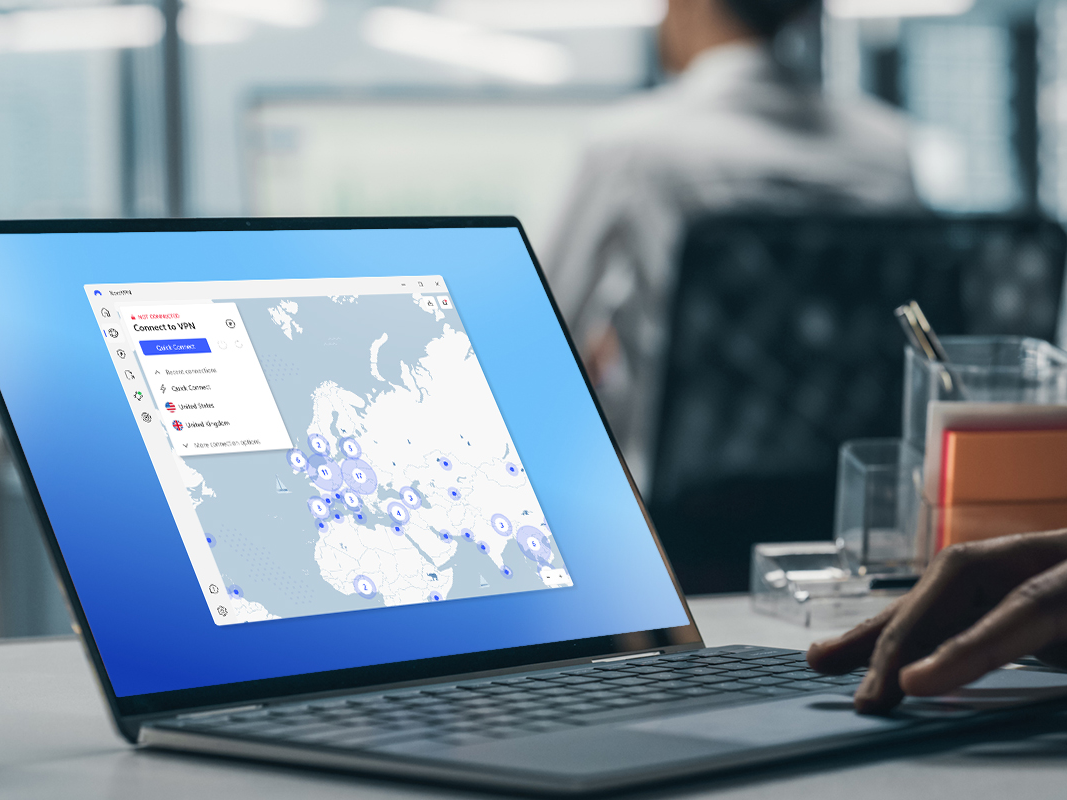AI is changing how we create videos. It’s exciting, but it also brings big worries, especially about what’s real and what’s fake.
The Good and Bad of AI in Video Making
AI video tools can make super realistic videos, characters, and voices incredibly fast and cheap. This means anyone can make pro-level videos – great for small businesses or individual creators. Imagine making animated explainers or even short films just by typing some words! It saves a ton of time and lets you make custom content for different people.
But there’s a flip side. Making videos that look and sound just like real people, often without their permission, brings up serious ethical questions. Things like who owns the content, privacy, and using someone’s image unfairly are major concerns. Also, since AI learns from existing data, it might spread existing biases in its creations, leading to less diverse content. And let’s be honest, AI-made videos can sometimes lack the heart and creativity of human-made ones, feeling a bit generic.
The Misinformation Mess: Fake Videos and Lies
The biggest worry with AI videos is how easily they can spread false information. “Deepfakes” – highly realistic fake videos – can make it look like someone is saying or doing something they never did. This completely breaks down trust in news, public discussions, and even how our democracies work.
We’ve already seen examples: fake news reports that look real, fake videos of politicians saying controversial things, and even scams using cloned voices to trick people out of money. It’s so easy to make and share these fake videos, which makes them incredibly hard to fight. By the time a fake video is proven false, it might have already spread everywhere, hurting reputations and public opinion.
Even if deepfakes aren’t more deceptive than other fake news, their existence can make us doubt all videos. This means even real content might be dismissed as fake, further eroding our trust.
Moving Forward: Using AI Video Responsibly
To tackle these problems, we need everyone to work together: AI developers, social media companies, lawmakers, and even us.
- Be Clear About AI: If a video is made or changed by AI, it should be clearly labeled. People need to know what they’re watching.
- Rules and Ethics: Governments and industries need to create strong ethical rules and laws. This includes things like getting permission to use someone’s image and holding people accountable for harmful AI content.
- Fight Back with Tech: We need better tools to spot AI-generated content. These tools are key to stopping the spread of deepfakes.
- Learn to Spot Fakes: We all need to learn how to tell real from fake online. Education on fact-checking and thinking critically about what we see is super important.
- Humans Still Matter: While AI is powerful, we still need human judgment, creativity, and ethical oversight. The best approach will likely be AI helping humans, not replacing them entirely.
AI video technology offers amazing possibilities, but also serious challenges. By focusing on ethical development, being transparent, and helping everyone become media-savvy, we can use AI’s power for good while protecting ourselves from the rising tide of misinformation. The future of content and truth depends on how well we handle this new digital world.


No responses yet